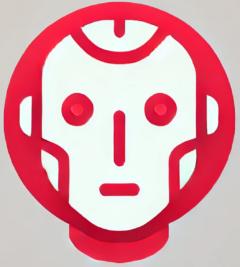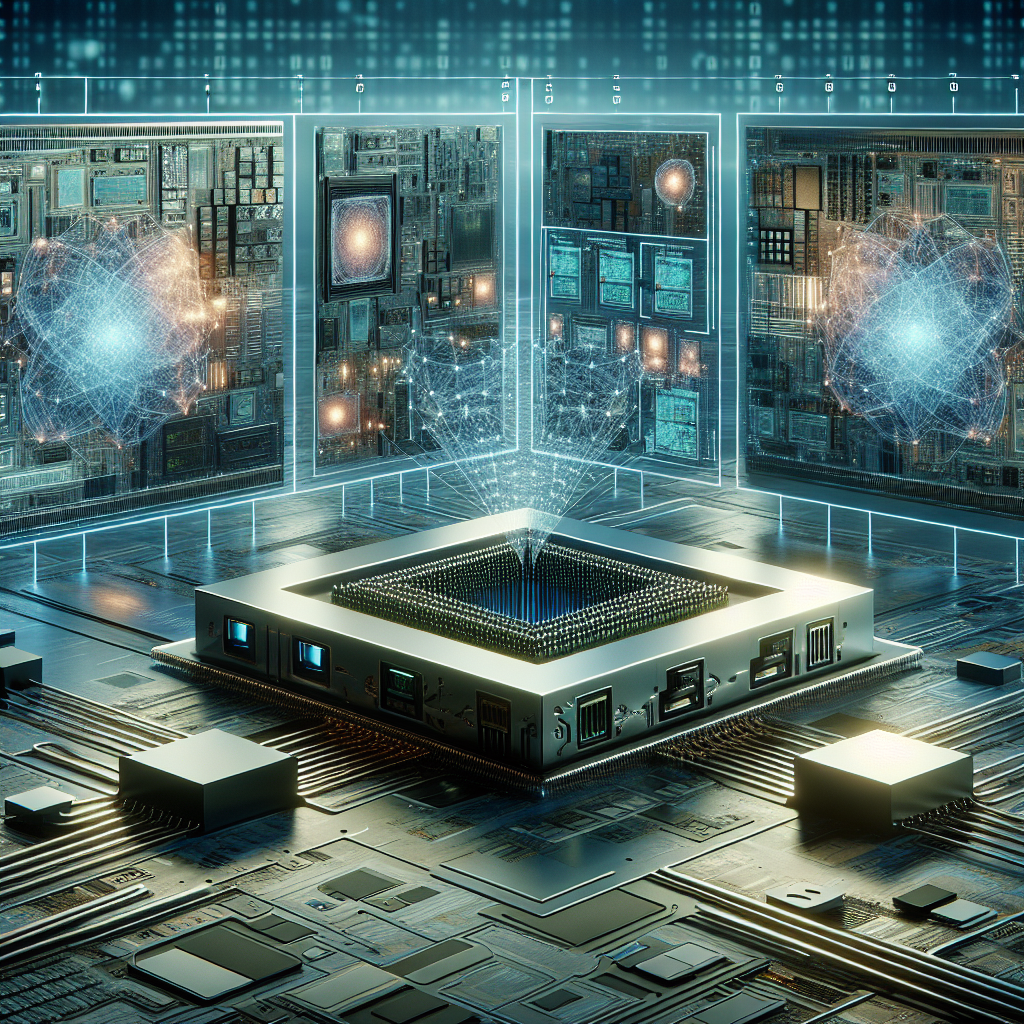Next-Gen AI Hardware Beyond GPUs
In 1997, IBM’s Deep Blue defeated world chess champion Garry Kasparov—a pivotal moment in artificial intelligence. But beneath the triumph lay massive hardware: racks of processors specialized for chess logic. Fast forward to today, and while GPUs and TPUs have reigned as the go-to compute engines for AI, the next evolution is already taking shape. The era of next-gen AI hardware beyond GPUs has arrived, promising ultra-efficient, ultra-specialized platforms built from the ground up for tomorrow’s AI workloads.
Why GPUs and TPUs Are Reaching Their Limits
GPUs revolutionized AI training in the 2010s, offering parallelism unmatched by CPUs. TPUs, developed by Google, brought even more performance per watt for neural network inference. But these architectures, while powerful, are general-purpose relative to the diverse and growing AI landscape.
As machine learning models grow larger and more diverse, developers are encountering the constraints of these traditional platforms:
- Power inefficiency: GPUs and TPUs consume vast amounts of energy, making large-scale deployment costly and unsustainable.
- Latency: Cloud-based AI processing adds delays not suitable for real-time applications like autonomous vehicles or AR glasses.
- Flexibility: New AI models, especially transformer-based architectures, demand custom-tailored hardware to run at peak efficiency.
Emerging Alternatives in AI Accelerator Landscape
To overcome these limitations, innovators are developing specialized AI chips focused on maximum performance with minimal energy consumption. These advanced solutions represent a radical shift in architecture, including:
Neuromorphic Computing
Inspired by the human brain, neuromorphic chips like Intel’s Loihi mimic biological neurons to process information in a massively parallel, event-driven way. These architectures promise agile and low-power processing, ideal for edge AI devices where battery life is critical.
Optical and Photonic Processors
Light-based computation hardware—such as Lightmatter’s Envise—uses photons instead of electrons to perform matrix operations. This could result in dramatic reductions in latency and power consumption, especially for inference at the edge.
ASICs Tailored for AI Workloads
Application-Specific Integrated Circuits (ASICs) are being designed for very specific machine learning tasks. Startups like Cerebras and companies like Graphcore are building chips with billions of transistors optimized for tensor operations, offering better scalability than traditional GPUs.
The Role of Edge AI and Custom SoCs
With generative AI expanding into mobile devices, drones, wearables, and industrial sensors, the demand for performance-per-watt efficiency is skyrocketing. Enter custom Systems-on-Chips (SoCs), like Apple’s Neural Engine or Qualcomm’s AI Engine, which integrate AI acceleration directly into silicon optimized for specific real-time applications.
These chips eliminate the need to offload data to cloud servers, preserving bandwidth, privacy, and latency. It’s this distributed intelligence that marks the next paradigm shift in AI hardware.
Looking Ahead
The demand for smarter, faster, and energy-efficient AI has sparked a new hardware renaissance. While GPUs and TPUs set the foundation, next-gen AI hardware beyond GPUs is now defining the future. Expect an AI-driven marketplace powered by application-specific accelerators, neuromorphic systems, and light-speed photonic chips.
As companies explore advanced hardware solutions, integrating these emerging architectures is critical for maintaining a competitive edge in AI innovation. For deeper analysis on emerging AI trends, visit IEEE Spectrum’s AI Hardware section.

